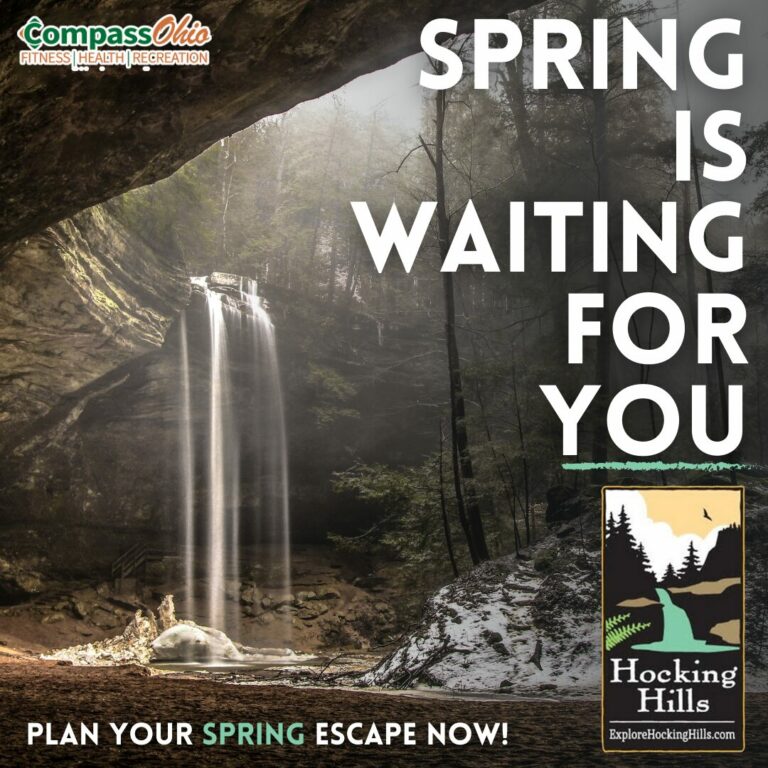By Allison Marsden, PT, DPT, OCS, PYT-C, Compass Media Contributing Writer
Do you have leakage of urine when you cough, sneeze, or laugh? “Yes, but isn’t that normal after having kids?” The answer is NO. I cannot tell you how many times I have had this same conversation with female patients, yoga clients, and friends. Unfortunately many women see incontinence as an acceptable part of motherhood. Other women believe it is a normal part of the aging process. Even the ads on TV make it look like no big deal. Well… although urinary incontinence is common, it is not normal.
The prevalence of urinary incontinence amongst post-partum women is high. It is considered acceptable in the early post-partum period, but should be resolved by the 6-week check-up. If incontinence does not resolve, talk with your health care provider about pelvic floor rehabilitation.
Pelvic floor rehabilitation is done by a trained physical therapist who thoroughly evaluates where you are in regards to restoring pelvic health…Getting you back to your pre-pregnant state. One of the areas that therapists evaluate is muscular strength and endurance of the pelvic floor. The pelvic floor is made of 4 layers of tissue (muscles, fascia, and sphincters). These tissues support the bottom of our “core” from the pubic bone to tail bone and are shaped like a sling, or hammock, supporting our pelvic organs. Pelvic floor muscle training is the key to gaining back bladder control. You may be thinking this is nothing new…Women have been doing “Kegels” for years. You are right, but unfortunately, studies have shown that about 50% of women are doing the exercises incorrectly. Instead of drawing upward and inward, some women are increasing belly pressure and pushing down and outward. This maneuver can increase urinary incontinence and encourage pelvic organs to push outward (prolapse).
So how do you perform a pelvic floor muscle contraction (Kegel) correctly? First we need to find our pelvic floor muscles. One method that has been used for many years is called the functional stop test. It is done by starting the flow of urine then attempting to stop the flow mid-way through emptying. The muscles that stop the flow are the pelvic floor muscles and the sphincters around the urethra (where the urine exits). Although this test is still commonly used, it is NOT something that should be repeated and should not be considered a strengthening program itself, as it can lead to incomplete emptying.
A preferred method would be self-examination. Activate the pelvic floor muscles thinking of drawing in and upward toward your heart. Using a mirror you should be able to see the perineum lifting upwards and should feel the muscles working deep in the lower belly. When you relax, the pelvic tissues should return to the starting position, releasing all tension.
Another option is to ask your OB-GYN to test your muscle contraction at your annual exam. He or she will be able to tell you if you are performing the exercise correctly. For new moms, this can easily be done at your 6-week post-partum visit.
So once you find your pelvic floor muscles, and can perform a correct muscle contraction, what’s next? Pelvic floor muscle training.
In order to train our pelvic floor muscles we need to know a little about how these muscles function. The pelvic floor muscles are made up of 2 main fiber types, fast twitch and slow twitch. Fast twitch fibers act quickly when we need to prevent urine leakage immediately, as with a cough or sneeze. We train these muscles with quick flicks which are fast contractions lasting about 1 second each. Slow twitch fibers are our endurance fibers. These muscle fibers work for longer periods of time and offer a general support of our pelvis and pelvic organs. We train these fibers with longer holds lasting 6-10 seconds.
Most women start their training program lying down. But don’t stop there. These muscles need to work when we are sitting, standing, walking, and jumping. We need to gradually progress our program to include training in all of these positions and with all daily activities.
Yoga for Bladder Control is a medical therapeutic yoga program offered at Marsden Physical Therapy in Canton, Ohio. This small group class is an excellent way for women to learn more about pelvic health and train these tissues in a variety of functional positions. This program has a focus on pelvic floor muscles, but also addresses the cylinder of stability, or “core”.
For those women who have a more complex history, physical therapy is an excellent option. One-on-one skilled care allows for development of an individualized therapeutic program addressing more specific issues (interstitial cystitis or painful bladder syndrome, pelvic organ prolapse, low back pain, diastasis recti, pain during intercourse, etc).
So ladies, urinary incontinence is common, but it doesn’t have to be part of motherhood. Doing the right kind of exercise, with proper form, can help you gain back bladder control.
Allison Marsden, PT, DPT, OCS, PYT-C, is a physical therapist with over 19 years of experience. She uses medical therapeutic yoga along with pelvic floor rehabilitation to treat patients with women’s health conditions. If you would like more information contact Marsden Physical Therapy at 330-701-4986.
URINARY INCONTINENCE HELP FOR MOTHERS







